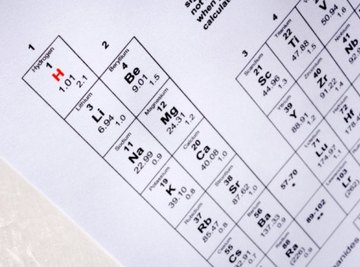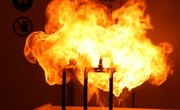
A representative particle is the smallest unit of a substance that can be broken down without altering the composition. Matter is composed of three types of representative particles: atoms, molecules and formula units.
Atoms and Elements
Atoms are the smallest particle that can be split. Substances that contain only one kind of atom are called elements.
Molecules
The molecule is the representative particle of molecular compounds. It is also the representative particle of diatomic elements.
Formula Unit
The representative particle of an ionic compound is the formula unit. A formula unit uses a formula to calculate the basic whole number ratio of the ions in an ionic compound.
Diatomic Elements
Diatomic elements, or molecules, are made up of two atoms of the same element. These diatomic elements are not part of a compound.
References
About the Author
Located in Richmond, Va., Joy Shepperson has been writing since 2009. A 2009 graduate of Old Dominion University, she has a Bachelor of Science degree in interdisciplinary studies with a concentration in professional writing. Shepperson enjoys being able to use her expertise in a variety of topics as a writer for various instructional websites.
Photo Credits
Jupiterimages/Photos.com/Getty Images
